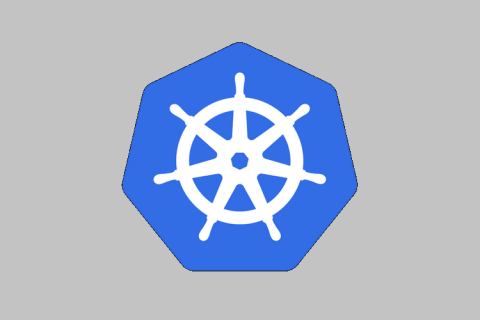What's New in Prometheus 2.8: WAL-Based Remote Write
Six months in the making, Write-Ahead Logging (WAL) for the remote_write API was one of the enhancements we included in the Prometheus 2.8 release on March 12. It’s a change intended to safeguard client metrics in the face of any network issues.









